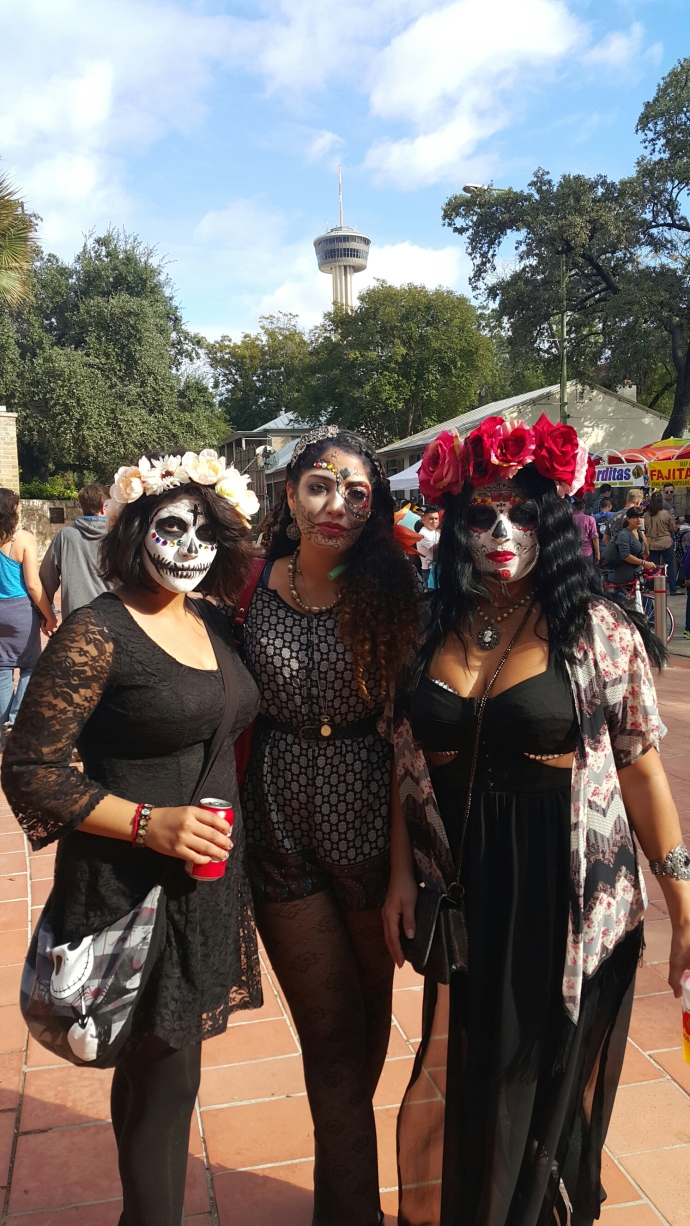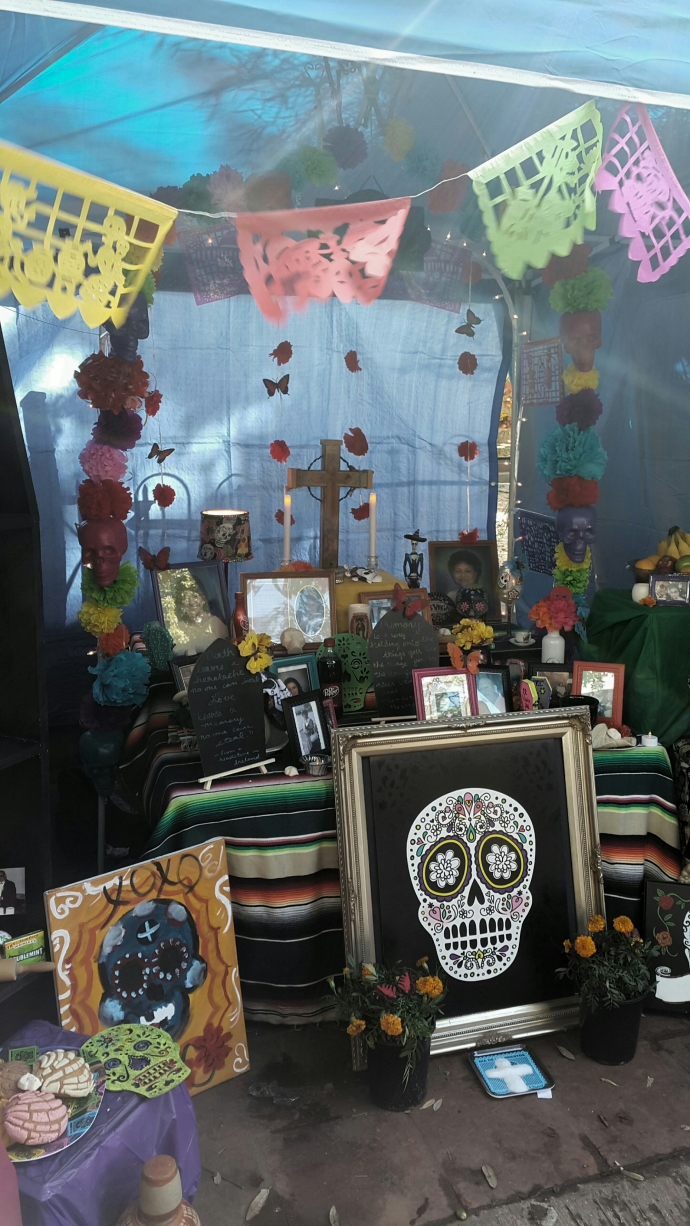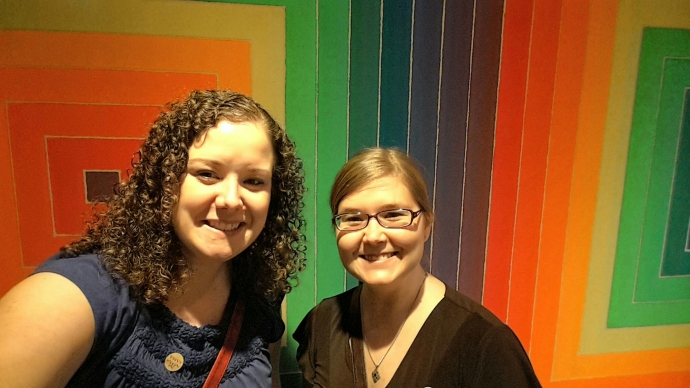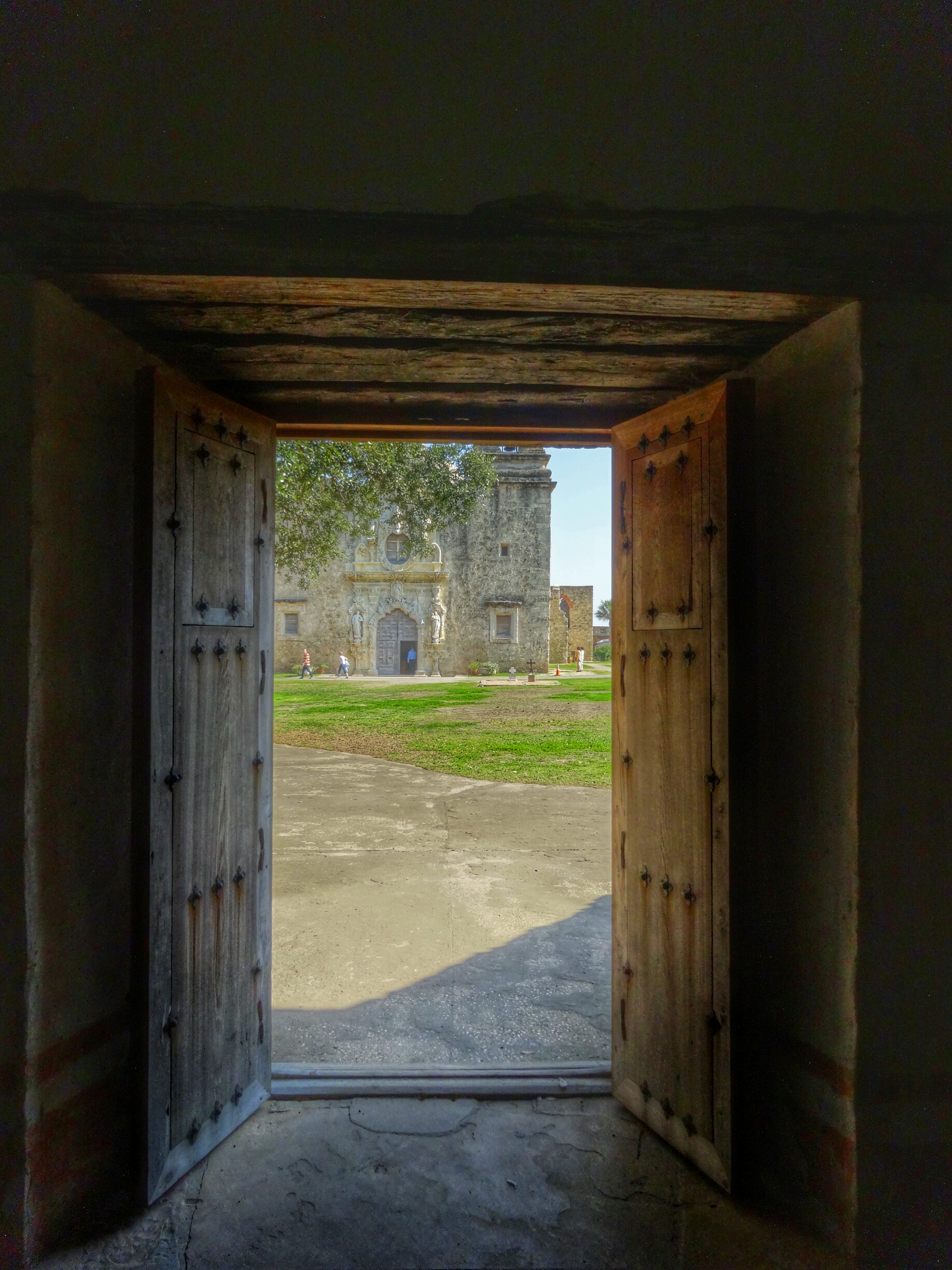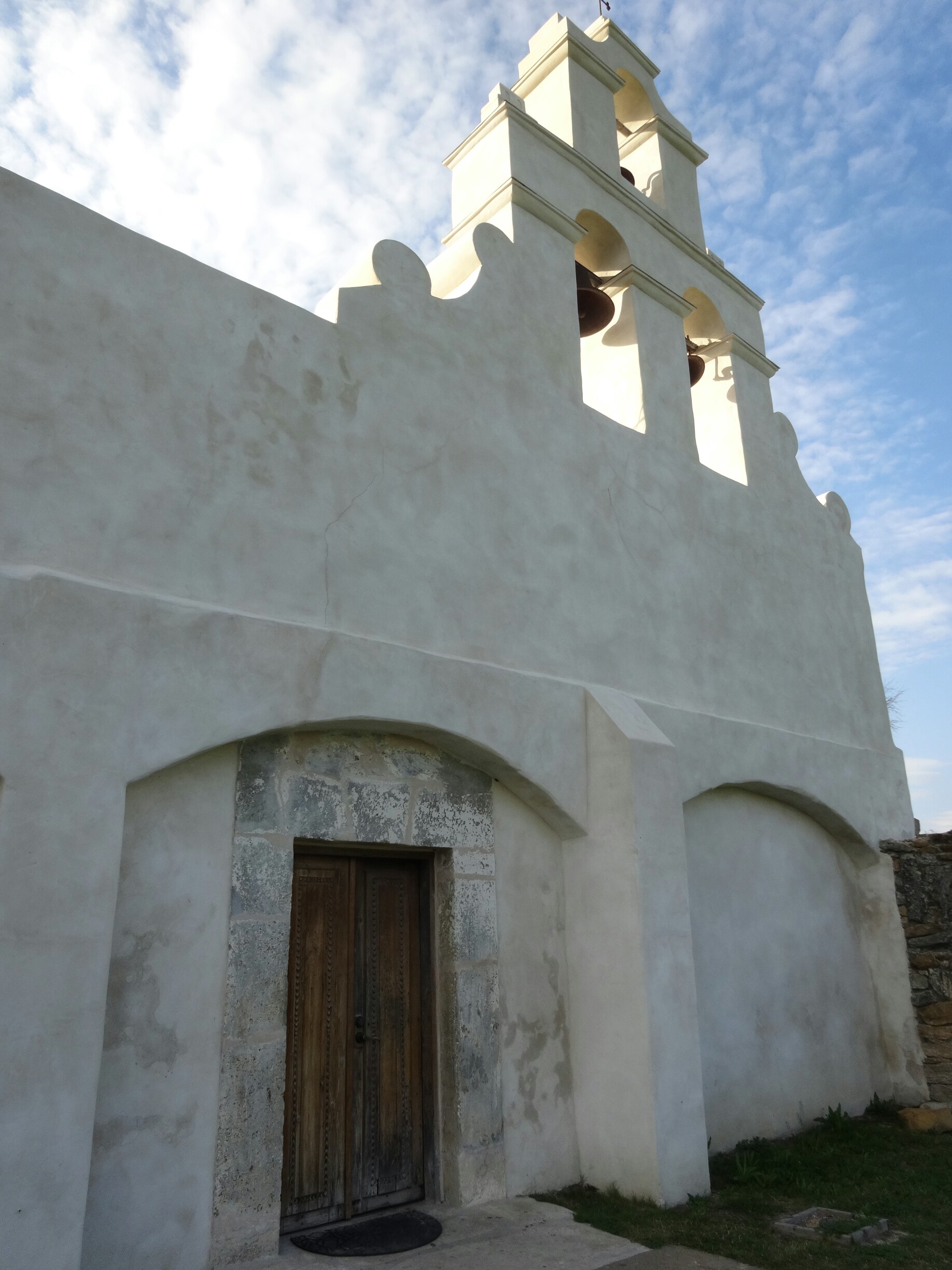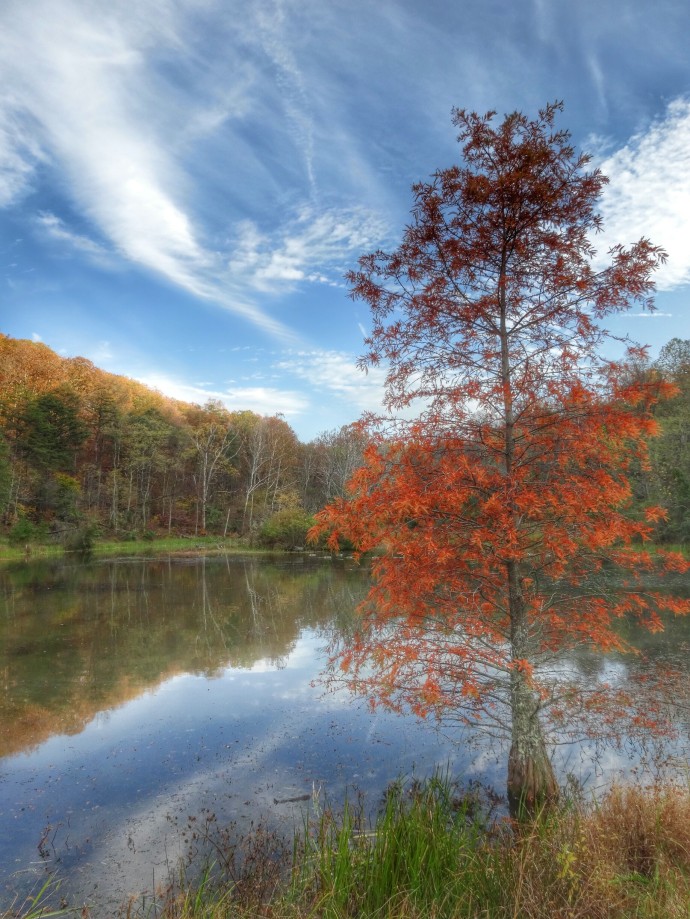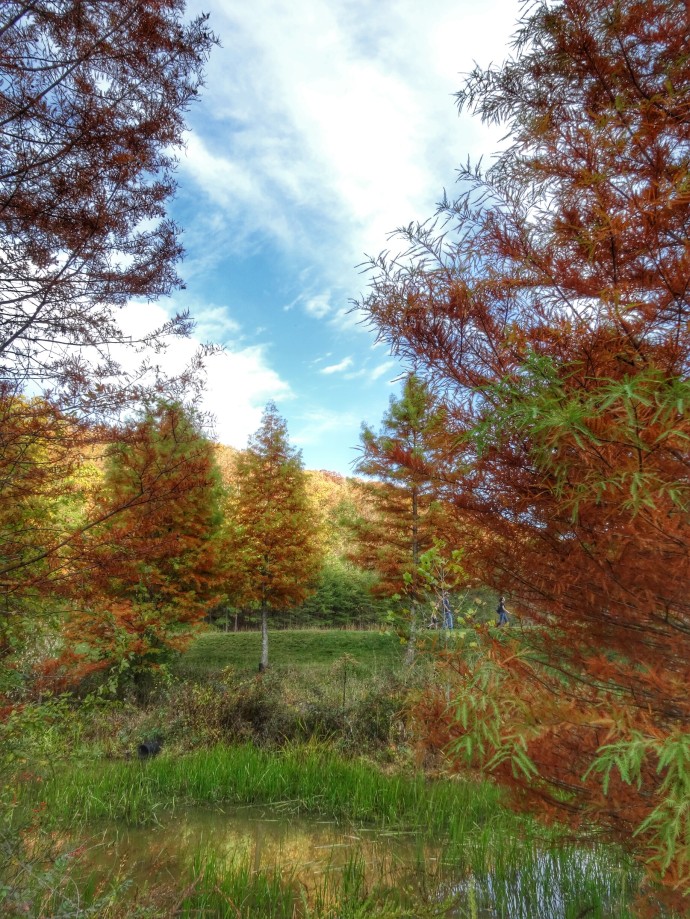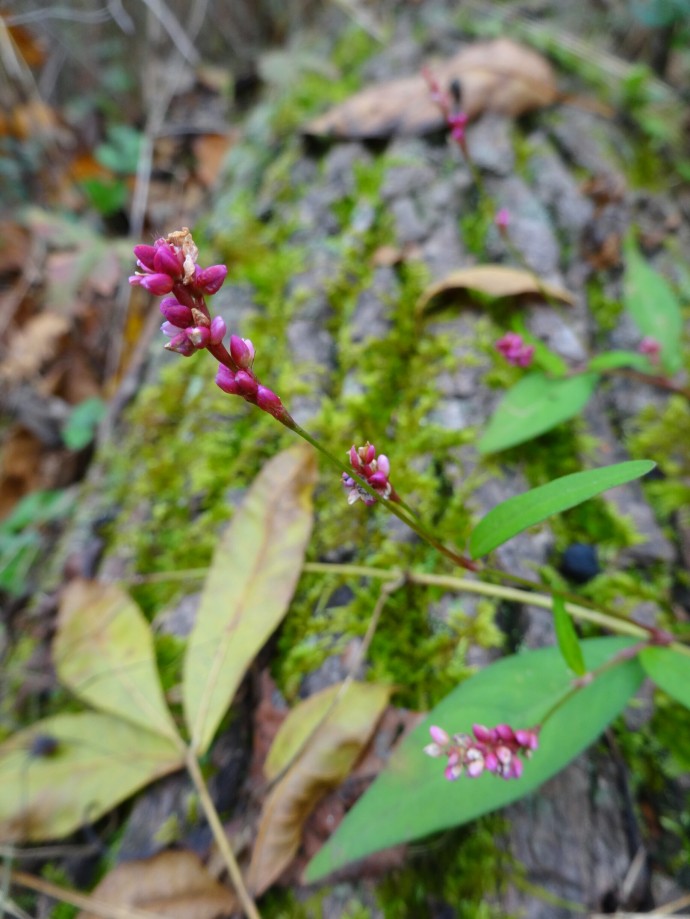Sometimes when people find out that I like to travel, they’ll let me know how many states or countries they’ve been to and which ones. And I am genuinely interested to hear about it. However, I’ve found that everyone has different ideas about what counts as having visited a place. Here are some situations people argue about:
– airports
-driving through
-cruise ship stops
-living somewhere
I know that I 100% don’t count airports. All airports are the same everywhere, no matter the state or the country. You can see as much culture and as many different nationalities in the Columbus, Ohio airport as you can see in the Beijing, China airport. You don’t even step on the land itself. You see people from other countries more than you see the natives of that place while in an airport. I have been in more airports than I can count on my fingers and toes, but I don’t count a single one of them. Yes, I have been to the LA airport; in fact, I have even stepped on LA’s ground because you have to walk outside to change terminals. However, I have never been to LA.
Driving through. Oh, this one is argued about quite a bit. If you drive through a state to get to another state, does this count as having been there? If you’re going to South Carolina and drive through North Carolina, does that mean you can check North Carolina off your list? But what about if you stop to eat there? Or what if you just open your car door and plant your 2 feet firmly on the ground. Does it count? In my humble opinion, no.
When people tell me their cruise ship stops, I am a little hesitant to count those as countries visited. Yes, you may have stepped on the shore of Puerto Rico, but does 4 hours there actually count as having visited the country? Especially when you have only seen the touristy parts that your cruise guides you to….I know when I only get to stay in a country for a week, I feel like I haven’t got to experience even 1% of the country- its people, its food, its culture. How can a few hour stop allow you to understand a country’s essence?
I also wonder when people speak of “living” in a country. I heard a student say that she lived in Italy once when referring to staying for 2 months of the summer during a study abroad experience. I would venture to say that a person needs to have a permanent address before they can say they lived in a country. I guess my best bet would be to see if the locals consider you a neighbor, if they see you as a permanent part of their space in the world.
To know a place means to experience its food, its language, its religion, its people, its traditions, and its government. Perhaps you don’t have much time to spend in a country or a state. Well, spend some time learning about the place beforehand, so that you’ll know what you’re seeing when the time comes. Every time I visit a new country, or even a new area of my country, I try to read the history of the place, know what the racial makeup is, learn what the dominant religion is there and so on. When you get there, browse the local market or grocery store, walk around a college campus, try the local cuisine, and talk to the people. This will help you know the place you are. Then, you can say you have been to a place.
What are your rules about where you’ve been? Am I being too strict? I’d love to hear your thoughts.



